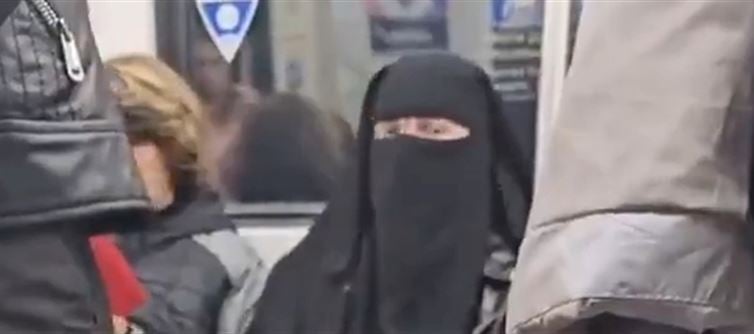
Supporters of a burqa ban often cite such cases as justification for regulation, framing it as a matter of common-sense security rather than religious discrimination. From this standpoint, any form of dress that obscures a person’s identity in public spaces can be exploited, regardless of its religious or cultural origins. If someone can use a burqa to impersonate another gender, hide stolen items, or even carry out coordinated attacks undetected, authorities argue that the risk outweighs individual freedoms in these contexts. In such high-security environments, the ability to clearly identify all individuals becomes a baseline requirement for ensuring the safety of the public at large.
However, any policy targeting religious attire must be implemented with caution to avoid stigmatizing entire communities. While isolated incidents may raise valid security questions, they do not represent the behavior or intent of the vast majority of burqa-wearing women. Critics of the ban argue that such policies disproportionately affect Muslim women, restrict personal freedoms, and feed into broader narratives of Islamophobia. A nuanced approach may involve setting context-specific restrictions—such as mandatory identification checks in high-risk zones—without resorting to blanket bans that undermine religious liberty. Ultimately, balancing civil rights with public safety is a delicate task that democratic societies must approach with both vigilance and fairness.




 click and follow Indiaherald WhatsApp channel
click and follow Indiaherald WhatsApp channel